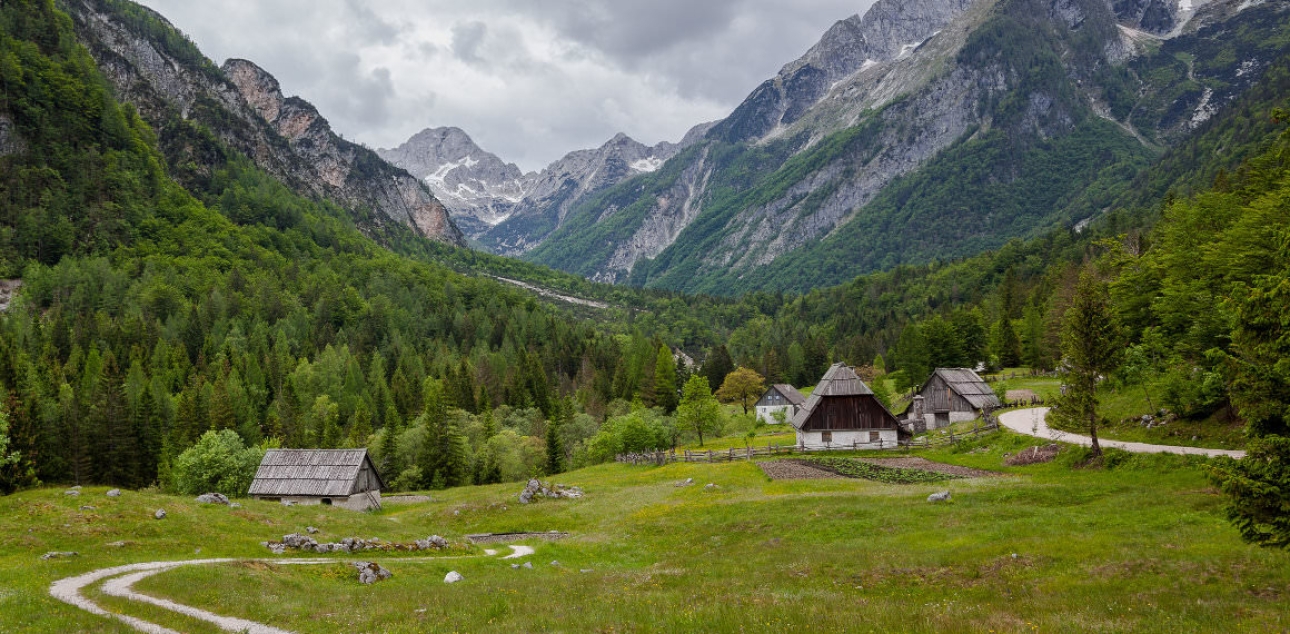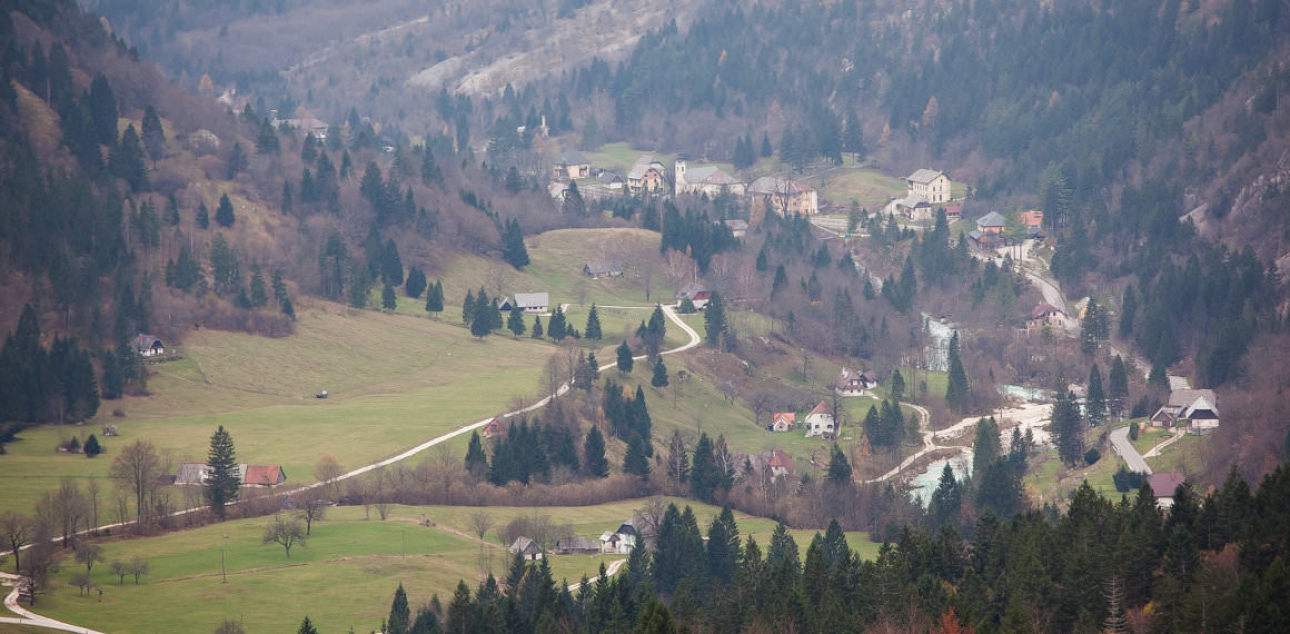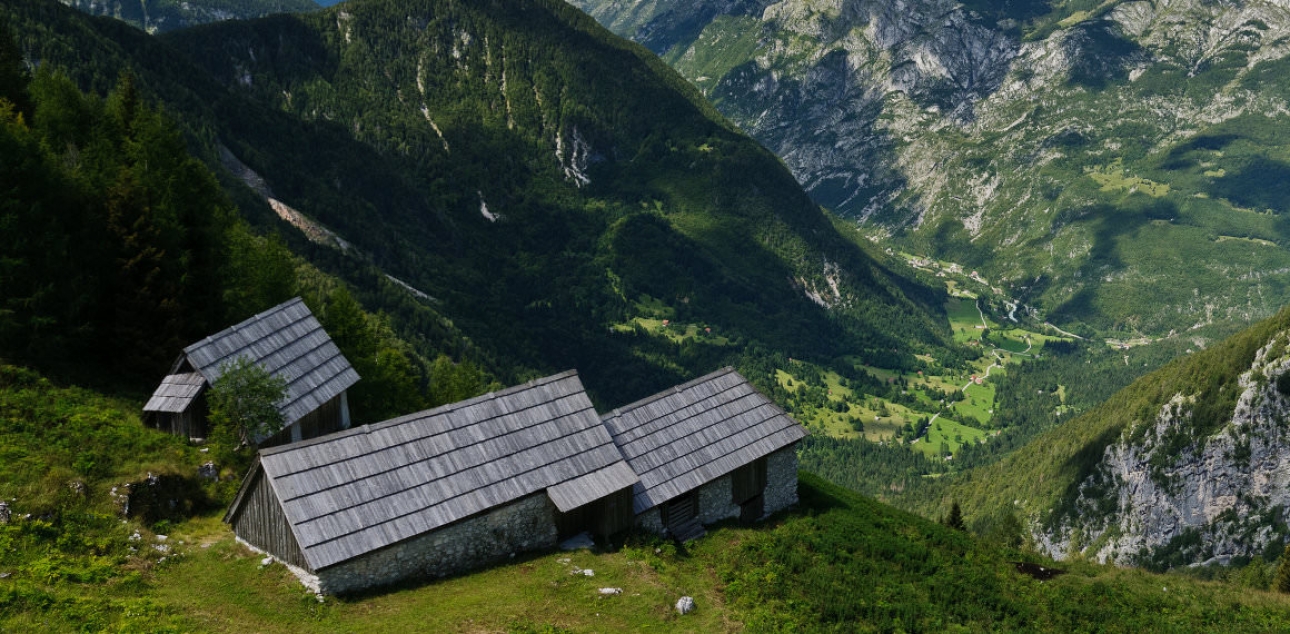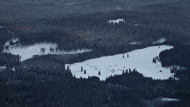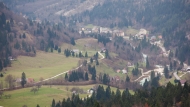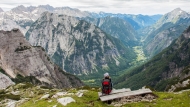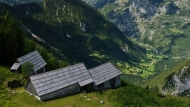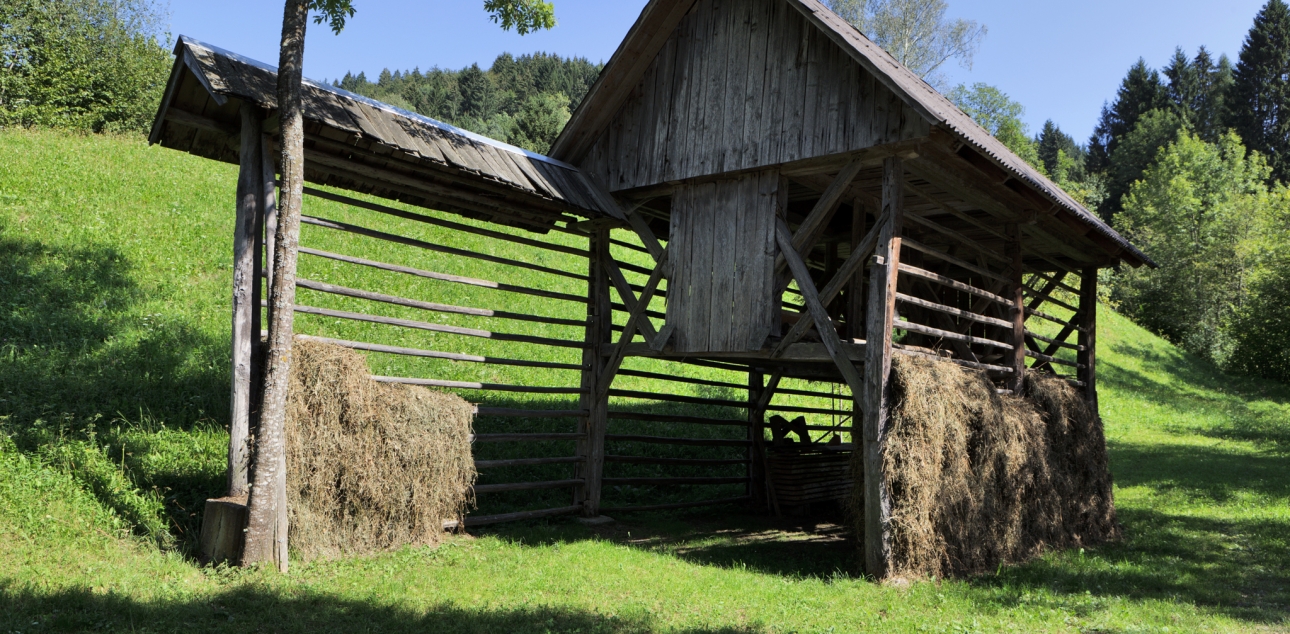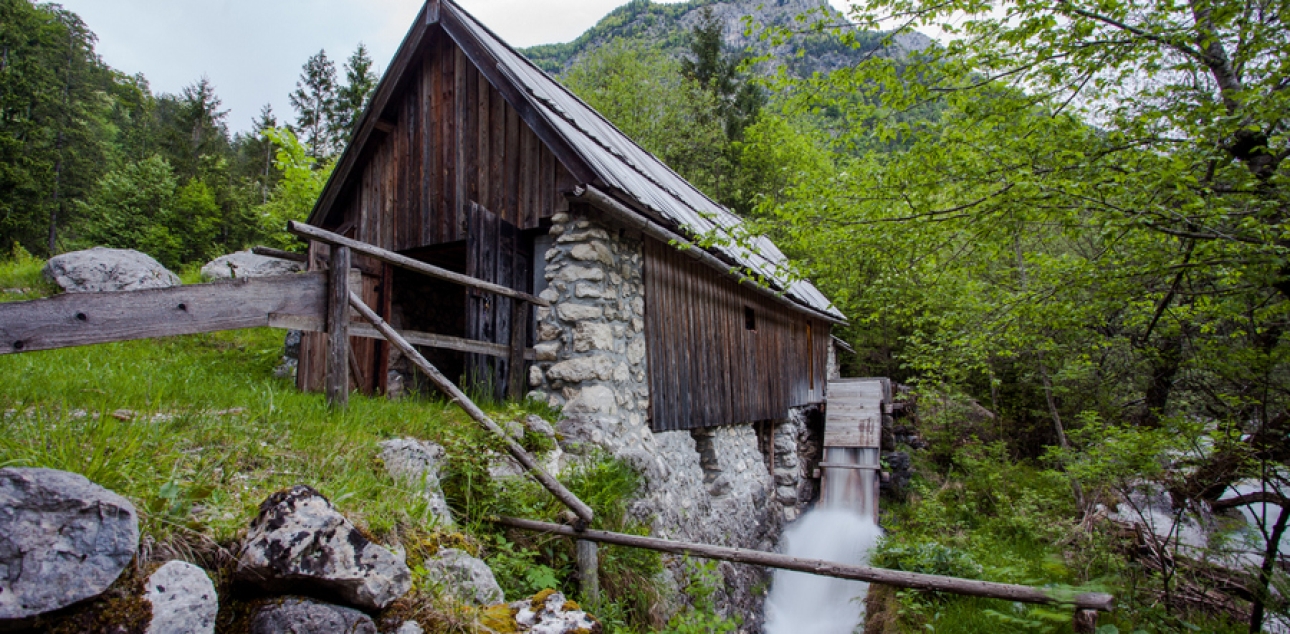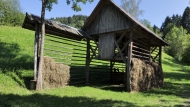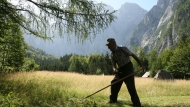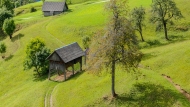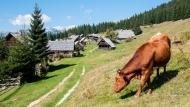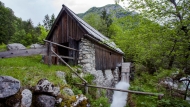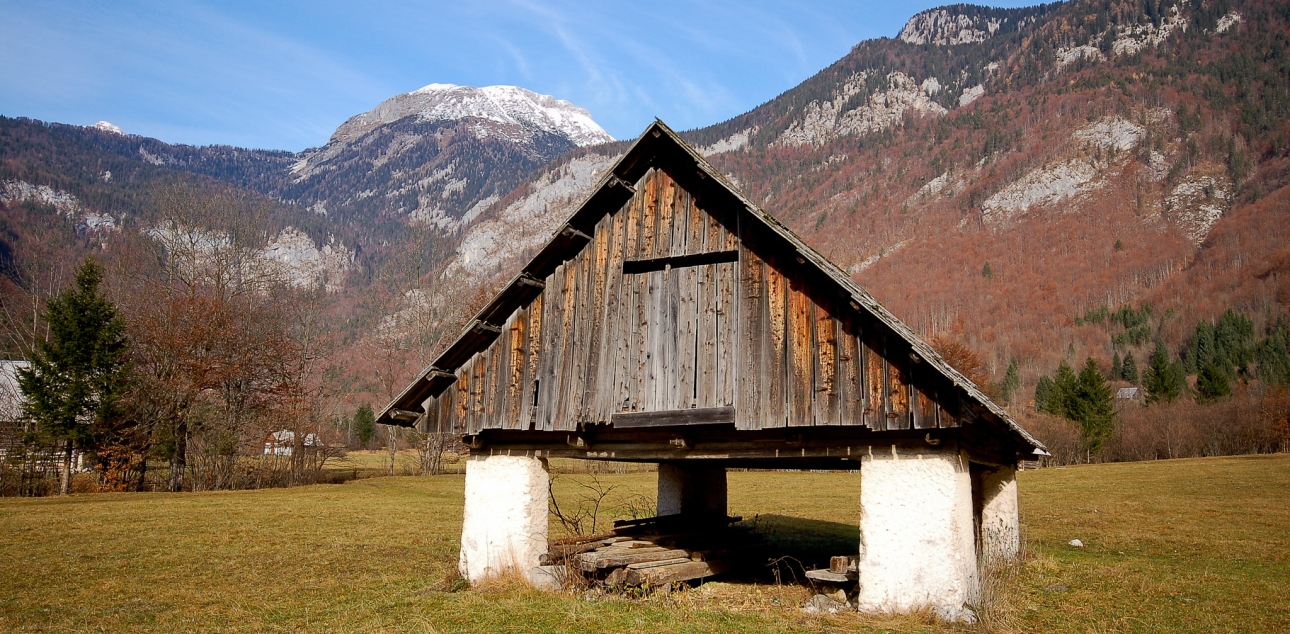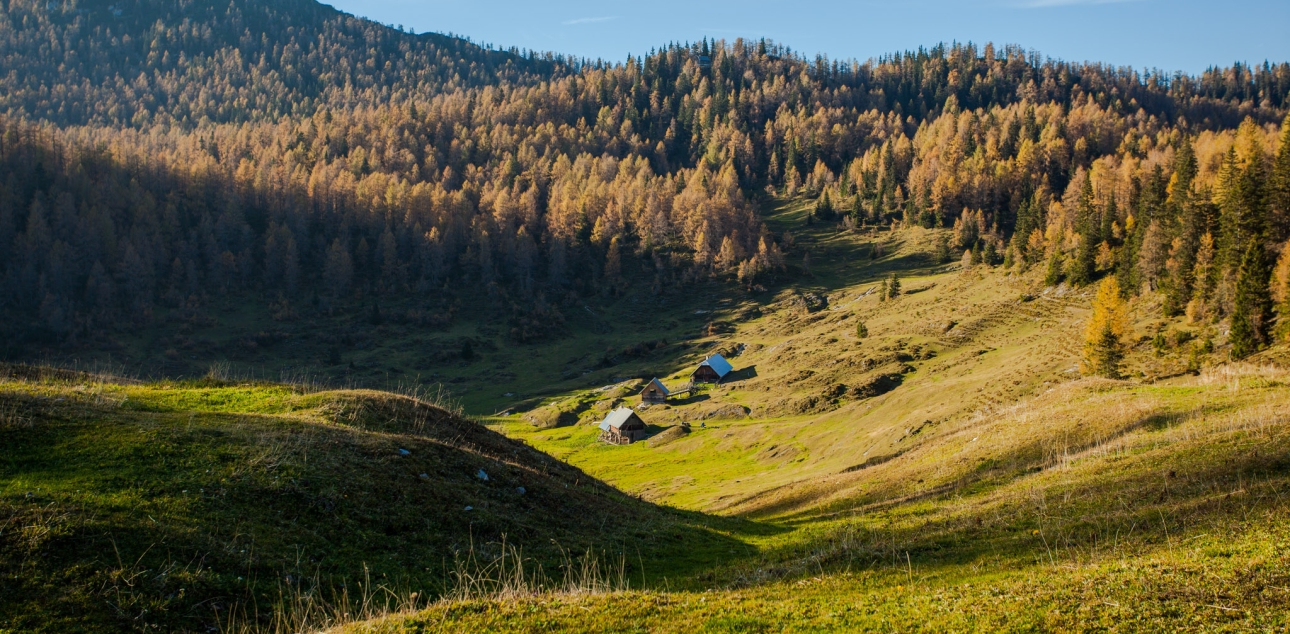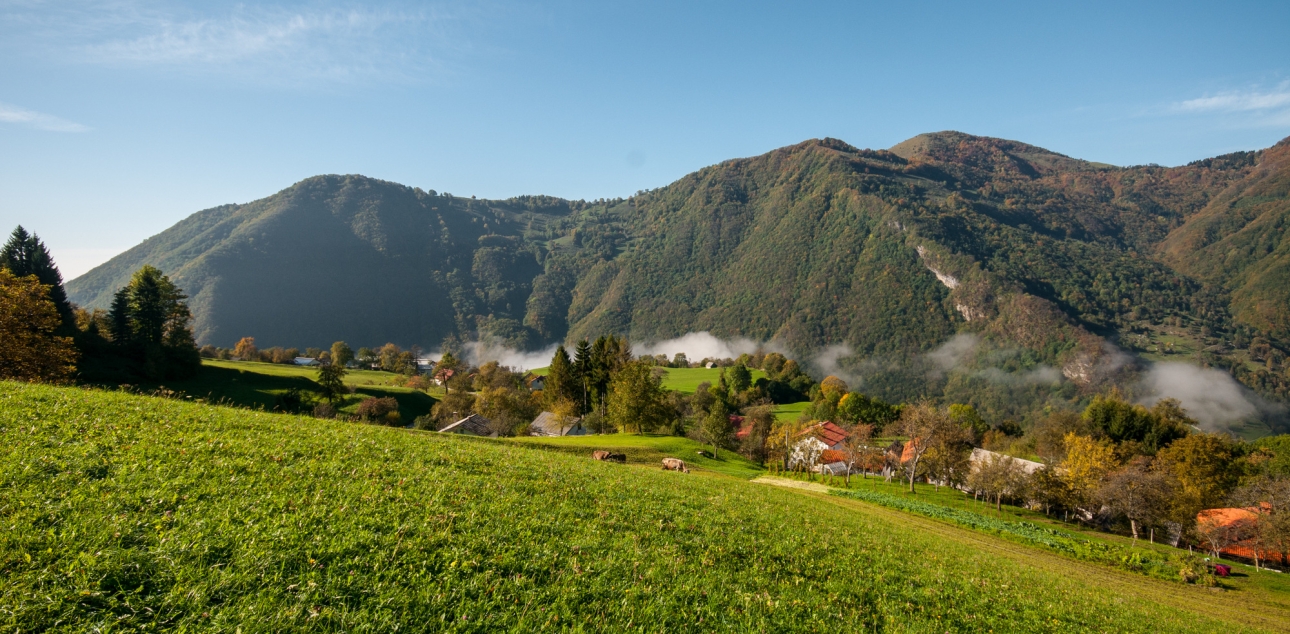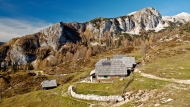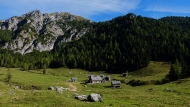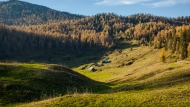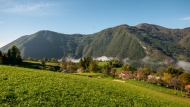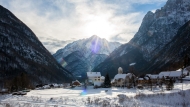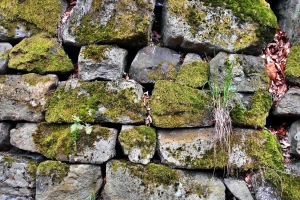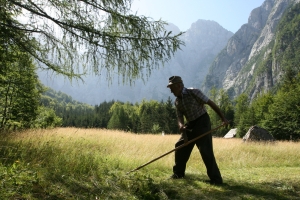Through dedicated land use, settlements, transport routes and technological approach to agriculture, people have adapted to the alpine environment and started enjoying its benefits. The balance of natural and man-made conditions creates a visually attractive and widely recognised environment that is cultivated through a traditional sense of belonging, symbolic value, historical determination, cultural identity, patriotic activity, as well as the concept and understanding of sovereignty.
The development of the cultural landscape in the park has gone in the direction of a mainly agricultural landscape. This cultural landscape is characterised by alpine pastures with dwellings, modest tilled fields in the valleys and on sun-exposed glacio-fluvial terraces, dispersed settlements, vernacular architecture determined by the natural conditions and wood and stone as locally-available construction materials, small plot ownership structure, field patterns dependent on surface morphology, built structures and layouts in open space, and vegetation links.
Certain cultural landscapes are classified as outstanding due to their diversity, harmonious integration, visual focus, building elements, symbolic value, historical role, or human experience. These landscapes carry significant value and are widely appreciated and recognised: pastures Viševnik, Vodični vrh, Dedno polje, Laz, Voje, Zajamniki, Javornik, Sleme and Za Skalo, cirques of alpine valleys Zapoudnem, Zadnjica, Loška Koritnica, settlements Studor with its series of double hayracks, or toplarji, Bavšica, Log pod Mangartom, Strmec, Čadrg, Tolminske Ravne and Kneške Ravne, and several sites with the First World War remains in the Krn range and on Rombon and Čuklja.


